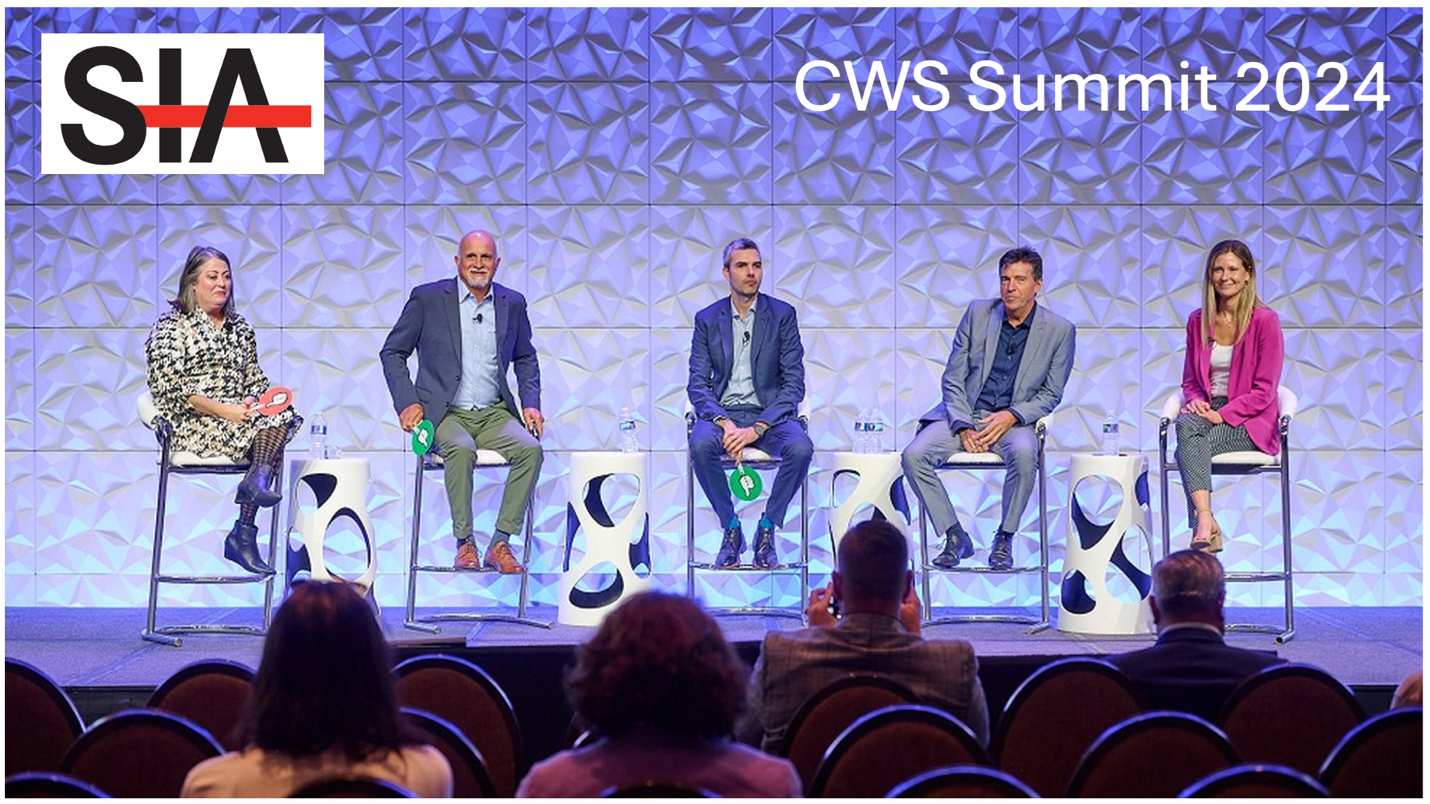Managing a contingent or temporary workforce comes with unique challenges, and tracking time accurately is essential for both compliance and operational efficiency. Implementing a time clock system tailored to the needs of temp workers can help streamline workforce management, minimize errors, and ensure smooth payroll processing. Here are five key considerations to keep in mind when implementing a time clock system for temp workers.
According to the most recent 2024 SIA VMS Global Landscape and Differentiators Report (SIA Sept 2024), Conexis VMS stands out as one of the top Vendor Management Systems (VMS) specializing in the Manufacturing and Light Industrial sector. In fact, over 70% of our worker population is manufacturing and light industrial.
Given our expertise in this area, and with our extensive experience in automating the source to pay light industrial contingent workforce, we want to share share some some tips if you are planning on implementing a time clock system for your temp workers, to ensure a smooth implementation.
Here are the Top 5 Considerations when you implement a Time Clock System:
1. Seamless Integration with Your Vendor Management System (VMS)
For organizations that rely heavily on temp workers, it’s critical to ensure that the time clock system integrates seamlessly with your existing Vendor Management System (VMS) and other workforce management tools. By integrating these systems, you eliminate manual data entry, reducing errors and ensuring accurate billing and invoicing.
Features to look for:
· API Integration: Ensures real-time data sharing between the time clock and your VMS, payroll, and HR systems. Most modern Time clock systems and VMS tools should have an Open API to help facilitate this in a rapid fashion. API’s should include new users setup, new assignments fed from VMS to time clock and time feeds back to the VMS.
· Automated approvals: Streamlines approval workflows for time entries across multiple staffing agencies.
· Scalability: Choose a system that can adapt to fluctuating workforce sizes as you bring on more temp workers.
2. Flexible Time Entry Options
Temp workers often operate across different locations, shifts, schedules and work categories making flexibility in time entry essential. A time clock system designed for temp workers should accommodate a range of work environments, from on-site roles to remote or shift-based work.
Flexible time entry methods to consider:
· Mobile app access: Enable temp workers to clock in and out using their smartphones or tablets, ideal for those on the move or working at client locations.
· URL access: can be hidden behind a firewall with IP enablement to ensure resources can log time only from a business approved machine.
· Geofencing: Ensures that workers can only clock in when they are physically present at the correct job site, reducing time theft.
· Physical terminals: can include Biometric, key card or PIN-based clock-ins: Offers secure clock-in methods, especially for large job sites with many temp workers.
3. Compliance with Labor Laws and Contractual Terms
Managing a temp workforce means keeping track of multiple contracts, varying local labor laws, and different overtime regulations. Ensuring compliance with both legal requirements and client contracts is a crucial part of managing temp workers, and a robust timeclock system can help with this.
What to look for:
· Automated alerts for overtime and breaks: Ensure that workers are adhering to labor laws regarding hours and breaks.
· Customizable pay rules: The system should be able to accommodate different pay rates, overtime rules, and contract terms.
· Compliance reports: Automatically generate reports that help track hours worked, overtime, and compliance with labor regulations.
4. Real-Time Data and Reporting
In a fast-moving temp work environment, having access to real-time data is essential for making quick decisions. Whether you need to adjust schedules, track productivity, or ensure accurate billing, real-time reporting and data insights from your timeclock system are invaluable.
Key features include:
· Instant access to time logs: Supervisors and staffing agencies should have real-time visibility into worker hours.
· Customizable reports: Generate reports specific to each client or contract, providing insights into hours worked, overtime, and worker availability.
· Mobile notifications: Receive real-time alerts for exceptions, such as missed clock-ins or workers approaching overtime.
5. User-Friendly Interface for Both Workers and Supervisors
Ease of use is essential for both temp workers and the supervisors managing them. A time clock system with a user-friendly interface can help minimize errors, improve adoption rates, and reduce the amount of time spent on training.
Features to prioritize:
· Mobile-first design: Ensure the system is fully optimized for mobile devices, as many temp workers will clock in from their phones or tablets.
· Intuitive navigation: Both workers and supervisors should be able to use the system with minimal training.
· Quick clock-in methods: Fast and easy clock-in options, such as QR codes or PINs, are particularly helpful in busy environments with high volumes of temp workers.
Conclusion
Implementing a time clock system for temp workers requires careful consideration of the unique demands of this workforce. By focusing on integration, flexibility, compliance, real-time data access, and user-friendliness, you can ensure a smooth implementation that boosts efficiency and ensures compliance with both legal and contractual obligations.
- Learn More about Vendor Management Systems for Manufacturing & Light Industrial:
➡️ VMS For Manufacturing: Seamlessly Manage your Manufacturing Extended Workforce➡️4 Key Considerations when choosing a VMS for Light Industrial
➡️ How a VMS Helps Navigate the Complexities of a Manufacturing Workforce
➡️ Light Industrial: How to Better Manage your Temp Workers with a VMS
➡️ How Staffing Agencies that Specialize in Light Industrial can help your Business➡️ Manufacturing, Light Industrial and Logistics: How to Choose the Right VMS➡️ Industrial & IT Staffing: Seeing Rapid Growth➡️ Warehouse: How to Manage Contingent Workers & Staffing Agencies
Conexis VMS: Build for the Unique needs of Light Industrial
Light Industrial workers make up over 60% of the Conexis worker population. Conexis has developed VMS functionality specifically to support high volume worker environments such as digital site rosters and easy time clock integrations. With our unique functionality and specialized experience, Conexis customers report a significant reduction in turnover and an over 90% attendance rate. Conexis VMS is the smart choice for organizations that leverage a light industrial temporary workforce. Read more at: Conexis VMS for Light Industrial
Interested in learning more about Vendor Management Solutions?
Whether you are looking for a new VMS Solution, or just getting started, we are here to help. See how easy Conexis is to use by taking a quick 2 minute Self-Guided Tour. Contact Us for a Free No-Obligation Consultation to discuss your workforce challenges (and get immediate actionable insights) or Book a Personal Demo Today!






